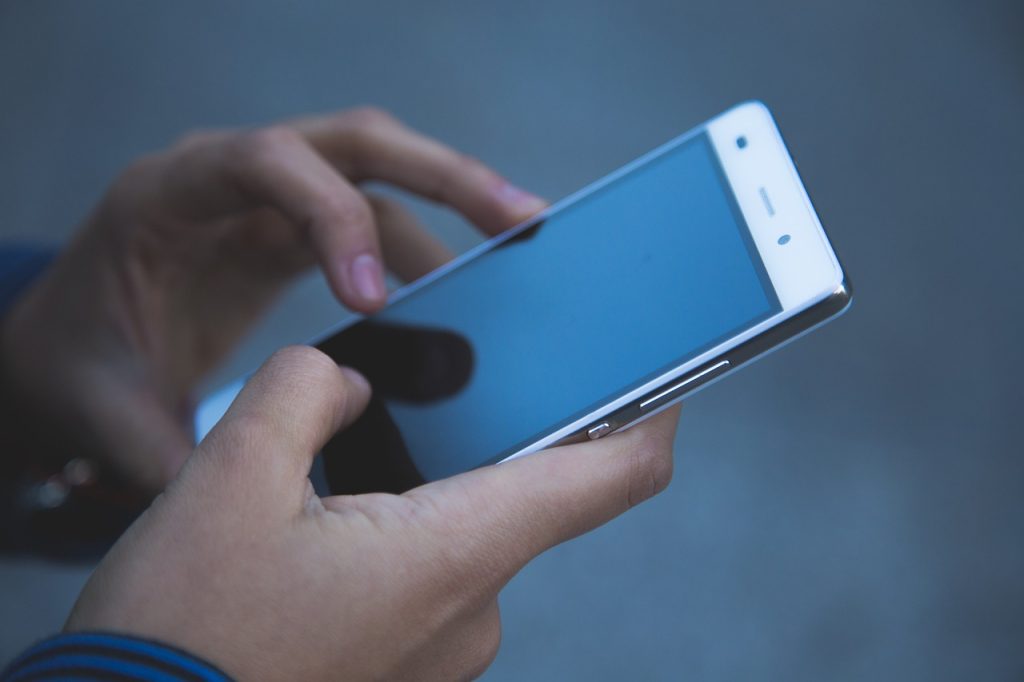Overheating is a common problem that affects both smartphones and laptops. Excessive heat not only causes discomfort for the user but also damages the device’s components, potentially leading to permanent hardware issues or data loss. Therefore, it is crucial to understand the causes of overheating and implement preventive measures to protect your devices. In this comprehensive guide, we will discuss the reasons behind overheating and provide practical tips to keep your phone and laptop cool.
Understanding the Causes of Overheating
a. Processor Overload
Phones and laptops may overheat due to the device’s processor working at maximum capacity for extended periods. High-demand applications, such as video editing software or games, can strain the processor and generate more heat.
b. Insufficient Cooling
Inadequate cooling mechanisms, such as blocked air vents, may hinder the proper dissipation of heat from your device. A laptop’s internal fan or a smartphone’s passive cooling system is crucial for maintaining an optimal temperature.
c. Environmental Factors
Hot surroundings or direct sunlight can cause your device to heat up faster than usual, while using a device on a soft surface like a bed or a pillow can obstruct airflow and make it difficult for heat to dissipate.
General Tips for Preventing Overheating
a. Monitor Your Device’s Temperature
Regularly check your device’s temperature to ensure it is within the recommended range. You can use built-in tools or third-party applications to monitor your phone or laptop’s temperature.
b. Update Your Software
Software updates may include optimizations that help reduce the workload on your device, subsequently lowering its temperature. Ensure your operating system and applications are up-to-date.
c. Close Unnecessary Applications
Running multiple applications simultaneously can put a strain on your device’s processor. Close any unnecessary apps or programs to reduce the workload and prevent overheating.
Tips for Preventing Phone Overheating
a. Adjust Your Settings
Lowering your screen brightness, disabling location services, and turning off Bluetooth and Wi-Fi when not in use can help reduce your phone’s temperature.
b. Remove Protective Cases
Some protective cases may trap heat and cause your phone to overheat. Consider removing the case when using your device for an extended period or while running high-demand applications.
c. Use Battery Saving Mode
Most smartphones have a battery-saving mode that can help reduce heat production by limiting background processes and other power-hungry features.
d. Avoid Direct Sunlight
Keep your phone away from direct sunlight, as the heat can cause your device to warm up significantly.
Tips for Preventing Laptop Overheating
a. Use a Laptop Cooling Pad
A laptop cooling pad can help dissipate heat more efficiently, especially when using your device on a soft surface like a bed or a pillow.
b. Clean Your Laptop’s Air Vents
Dust and debris can accumulate in your laptop’s air vents, restricting airflow and leading to overheating. Regularly clean the vents using a can of compressed air or a soft brush.
c. Elevate Your Laptop
Raising your laptop at an angle can help increase airflow and prevent overheating. You can use a laptop stand or even a book to prop up your device, ensuring the air vents are not blocked.
d. Replace Thermal Paste
The thermal paste between your laptop’s processor and heat sink may degrade over time, leading to inefficient heat transfer. Replacing the thermal paste can help improve heat dissipation and prevent overheating.
What to Do If Your Device Overheats
a. Power Off Your Device
If your phone or laptop becomes uncomfortably hot or displays a temperature warning, immediately power it off to prevent damage to the internal components.
b. Let It Cool Down
Allow your overheated device to cool down naturally in a well-ventilated area, away from direct sunlight or any heat sources. Do not attempt to speed up the cooling process by placing it in a refrigerator or freezer, as this can cause condensation and damage the internal components.
c. Identify the Cause
Once your device has cooled down, try to determine the cause of the overheating. Check for blocked air vents, a malfunctioning cooling system, or if a specific application was causing the processor to work at maximum capacity.
d. Take Preventive Measures
Implement the appropriate preventive measures discussed in this guide to avoid future overheating incidents. This may include cleaning the air vents, updating your software, or adjusting your device settings.
Conclusion
Keeping your phone or laptop from overheating is essential for maintaining its performance and ensuring a longer lifespan. By understanding the causes of overheating and implementing preventive measures, you can protect your devices from potential damage and maintain a comfortable user experience. Be proactive in monitoring your device’s temperature, updating software, and managing applications to ensure optimal performance and a cool operating environment.







